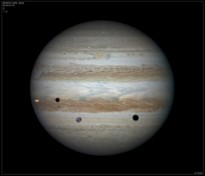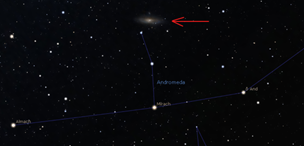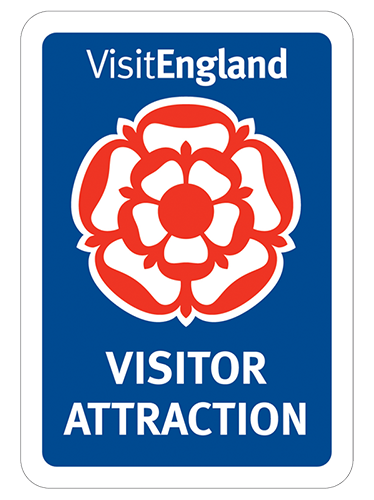

What's Up? September 2023
Welcome to another addition to What's Up? with a look at September with Astronomer, Rosie Braunholtz! Let's hope the weather will be better than it was for July or August and we can do some actual stargazing...
What's Up? September
September is a wonderful time to be stargazing, as it's getting truly dark. Instead of the handful of hours of night that we got in August, we're starting to get 6-8 hours of darkness. And it should be fairly mild weather still, so you won't be shivering even if you do spend the entire evening outside. You also won't be having to stay up until silly o'clock as it will get nice and dark by 9/10pm.
Milky Way
So, what's good to see up in the night sky? First of all the Milky Way! Our own galaxy is at its highest in the sky in May and June, where the galactic centre is more visible than normal, but because it barely gets dark during these summer months the Milky Way is hidden. By September, with its dark nights and the Milky Way still being at a high altitude, it is a great time to view it.
Constellations
As the year goes by the sky is slowly moving from our summer constellations to the autumnal ones. The Pleiades also known as the Seven Sisters in Taurus is becoming quite visible now. We are starting to see the glorious constellation of Orion, destined to become the centrepiece of our winter nights, rising just below Taurus in the east.
However, we still see the Summer Triangle, the heart of the summer night sky: Vega, Deneb and Altair high up in the south as darkness falls and making its ways towards the west during the month. Later on in the evening, the Summer Triangle will make way for the Square of Pegasus and Andromeda.
Andromeda Galaxy
At midnight the Andromeda galaxy will be sitting around 70 degrees above the horizon. Objects are always better to view if they are high up as there is less atmosphere for the light to get through. So, if you've got a pair of binoculars or a small telescope that's sitting in the attic, this month is a great time to whip them out, go into the garden and try and get a glimpse of our closest galaxy (which is still a hefty 2.5 million years away!) If you live in a place with really dark skies, you'll be able to make out the small oval glow of the Andromeda Galaxy with your naked eye. Here's how to find it:
 Image 1: How to find Andromeda Constellation. Credit: Stellarium
Image 1: How to find Andromeda Constellation. Credit: Stellarium
Firstly, try and find Cassiopea- the big 'W' towards the east. Using the two stars on the right side of the 'W', line them up and follow the line down until you hit the first bright star. This is Almach, one of the stars of the Andromeda constellations.

Image 2: How to find Andromeda Galaxy. Credit: Stellarium
Planets
Jupiter and Saturn, our two big gas giants, are rising earlier and earlier. By the middle of September you should be able to see Saturn by 8pm and Jupiter by 9pm.
Jupiter is currently sitting in Aries and Saturn in Aquarius. Both are visible to the naked eye. But those with binoculars or a small telescope can really be treated to their beauty. Saturn, arguably the most photogenic planet, has its characteristic icy rings, visible from earth. We believe the rings might only be around another 100 million years or so- so get a quick look before it's too late! Saturn will have passed opposition at the end of August, meaning it will still be slightly closer, brighter and larger at the beginning of September than at other times of the year.
I should also mention that Neptune (currently in Pisces) the last planet in our solar system will be in opposition on September 19th. It will be brighter then at any other time of year and is visible through the night. However, you'll need a telescope with a fairly large aperture.
Jupiter, the largest planet, is over 1000 x bigger than Earth but it rotates about once every 10 hours. Because of this, there are massive winds and storms which cause these colourful bands to appear and famously, its red spot.
If you can keep your binoculars stable enough, you should be able to see the four Galilean moons of Jupiter which move around the planet every few days. The closest moon is Io, which has an orbit of 1.8 Earth days. You can often see Io's shadow on the surface of Jupiter when it's in transit. The first transit of Io in September which is visible at night in the UK will be Wednesday September 6th at 01:00 UT, but the shadow will be visible from about an hour before then.
You can find out the transition times of all Jupiter's Galilean moons, Io, Europa, Ganymede and Callisto using this website: https://skyandtelescope.org/wp-content/plugins/observing-tools/jupiter_moons/jupiter.html

Image 3: Jupiter with transiting moons. Credit: Damian Peach.
Moon Phases
Lastly, here are the moon phases and also other astronomical events which might be of interest to astrophotographers:
- 1st September- Moon between Jupiter and Saturn
- 4th September- Moon is near Jupiter
- 6th September- Moon last quarter
- 15th September- New Moon
- 22nd September- Moon first quarter; Mercury at greatest western elongation- best time is shortly before sunrise
- 23rd September- Autumn Equinox, best time to try and photograph the zodiacal light
- 29th September- Harvest full moon
















